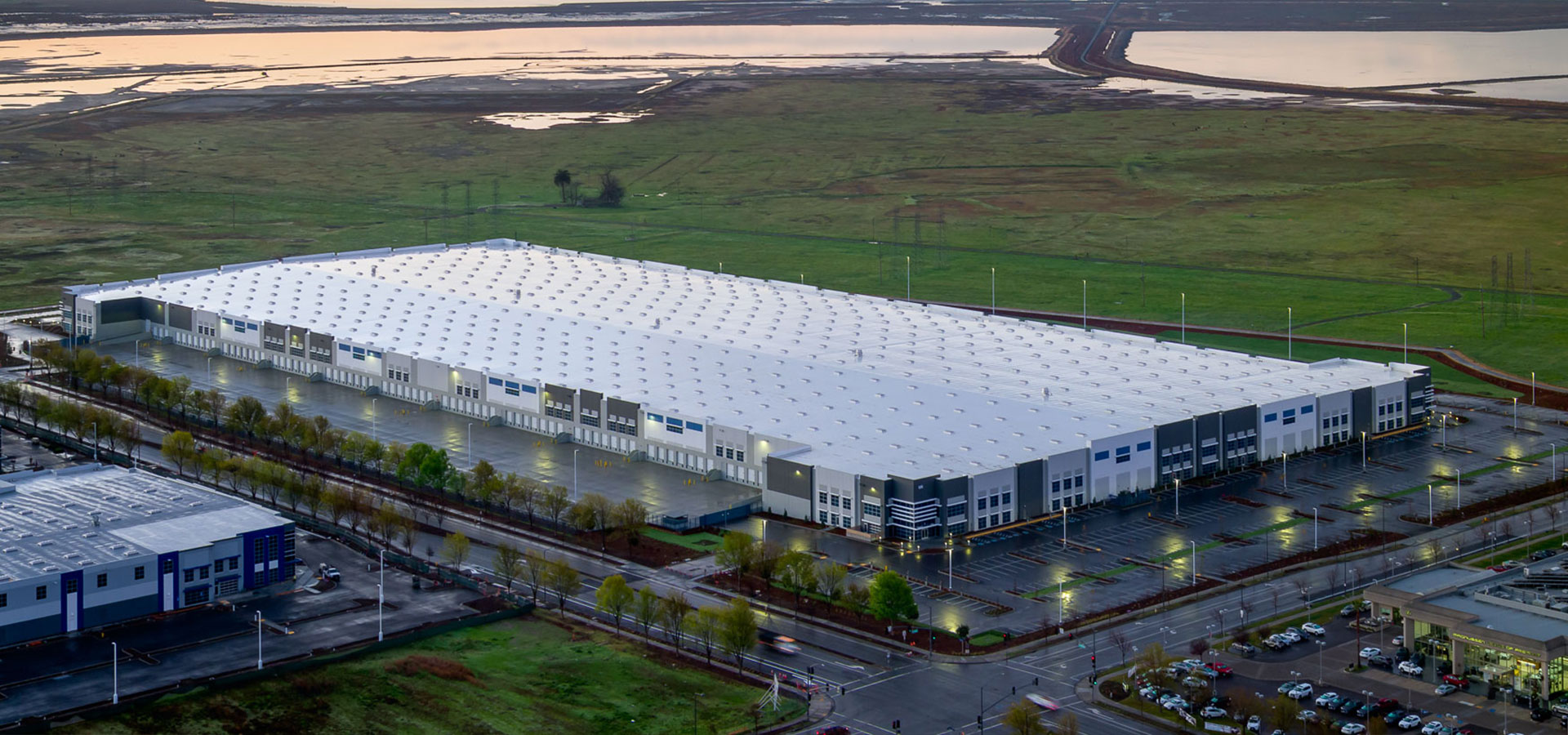With 2021 underway, it’s time to narrow down the vision for 2022 – and beyond. Industrial development is very strong for one key reason: a lack of available space due to increased demand for distribution. Industrial vacancy rates across the country are at or near all-time lows, and the demand for warehouse options continues to increase. In this article, we’re going to discuss eight key drivers impacting this increased demand.
Increased need for temperature-controlled environments with a wide range of temperature capabilities. Pharma products require a wide range of temperatures, while produce typically requires 34 to 45 degrees, with some specialty items as low as 35 degrees below zero. You may be thinking, no one deals with such a wide temperature spread, but some food service companies have been doing this for years. The difference today is that both the requirement and technology available for tracking and maintaining these temperatures has increased, therefore holding companies responsible to maintain temperatures throughout the supply chain process.
Last mile. How long will we highlight the term “last mile?” The increased volume of immediate delivery continues to drive the demand for readily available products. Concurrently, the number of available land options for warehouse space near densely populated areas continues to diminish.
The use of autonomous cars and trucks is going to increase. Developers must consider this point when engaging the architect to ensure their building remains up-to-date. This applies to both large distribution centers as well smaller urban facilities. New construction should incorporate this in the design by positioning conduits in case there is an increased desire or requirement for electric car parking. Future warehouses will need to have the same offering for tractors.
Refrigerated trailers. These have long had the capability to operate at warehouses by utilizing “house” or electric current. The expectation for this option will increase as companies move from trailers powered by diesel to electric batteries.
Personnel shortages continue to be a major concern for operators of facilities. It has always been challenging to hire people willing to work the evening and night shifts for 24-hour operations. Now, a shortage of labor along with increased labor costs, including increasing minimum wage and benefits, is driving more companies to consider automation. New construction must be designed to handle automation from a structural and electrical standpoint.
Ongoing shortage of truck drivers. Drivers of the past were away from their families for weeks at a time as they drove cross-country. Today’s drivers focus on spending more time at home more and driving less miles. This trend has existed for years, but with the creation of box van deliveries, i.e. UPS and Amazon, there are many options for these once potential long-haul driver candidates to consider. Long-haul driver needs will diminish as the general population starts to accept driverless trucks and as companies purchase the unmanned tractors.
SKU reduction to focus on biggest movers has regained attention. Key drivers of this trend include limited warehouse space and greater attention to the inventory costs associated with having many slow-moving items in a warehouse.
Technology utilization. This will continue to increase for temperature monitoring within facilities, as well as during unloading, loading and transport. The same applies to warehouse and manufacturing production.
As one of the top-ranked distribution contractors in the nation, we’re well-versed in building attributes that are in high demand by both developers and end-users. We encourage developers to consider these aspects to ensure that their facilities will meet the needs of consumers for years to come.
